Regulatory Compliance
Regulatory compliance is becoming increasingly critical within the Staples PP Nonwoven Market. Governments worldwide are implementing stricter regulations regarding the use of nonwoven materials, particularly in sectors such as healthcare and packaging. Compliance with these regulations often necessitates the adoption of higher quality standards and environmentally friendly practices. In 2025, manufacturers are likely to face heightened scrutiny regarding the sourcing and production of polypropylene nonwoven materials. This regulatory landscape may compel companies to invest in compliance measures, which could drive innovation and improve product quality. Furthermore, adherence to regulations can enhance brand reputation and consumer trust, ultimately influencing purchasing decisions in the Staples PP Nonwoven Market.
Technological Innovations
Technological advancements play a pivotal role in shaping the Staples PP Nonwoven Market. Innovations in manufacturing processes, such as spunbond and meltblown technologies, have enhanced the efficiency and quality of nonwoven fabrics. These advancements allow for the production of lighter, stronger, and more versatile materials, which are increasingly sought after in various applications, including filtration, hygiene products, and geotextiles. The market is expected to expand as companies leverage these technologies to meet the growing demand for high-performance nonwoven products. In 2025, the integration of automation and smart manufacturing techniques is likely to further streamline production, reduce costs, and improve product consistency, thereby fostering competitive advantages for manufacturers in the Staples PP Nonwoven Market.
Sustainability Initiatives
The Staples PP Nonwoven Market is increasingly influenced by sustainability initiatives. As consumers and manufacturers alike prioritize eco-friendly products, the demand for nonwoven materials made from polypropylene is rising. These materials are often recyclable and can be produced with less environmental impact compared to traditional textiles. In 2025, the market is projected to witness a growth rate of approximately 6% annually, driven by the increasing adoption of sustainable practices across various sectors, including automotive, healthcare, and consumer goods. Companies are investing in research and development to create biodegradable options, which may further enhance the appeal of staples PP nonwoven products. This shift towards sustainability not only meets consumer expectations but also aligns with regulatory pressures aimed at reducing plastic waste.
Diverse End-Use Applications
The Staples PP Nonwoven Market benefits from a wide array of end-use applications, which significantly contributes to its growth. Nonwoven fabrics are utilized in sectors such as healthcare, automotive, construction, and agriculture, each requiring specific properties and functionalities. For instance, in the healthcare sector, the demand for sterile and disposable products, such as surgical gowns and masks, continues to rise. In 2025, the healthcare segment is anticipated to account for a substantial share of the market, driven by the increasing focus on hygiene and safety. Additionally, the automotive industry is adopting nonwoven materials for interior components, which may enhance comfort and reduce weight. This diversification across multiple sectors not only stabilizes the market but also opens new avenues for innovation and product development.
Economic Growth and Consumer Demand
Economic growth is a significant driver for the Staples PP Nonwoven Market, as it correlates with increased consumer demand for various products. As economies recover and expand, disposable income levels rise, leading to higher spending on consumer goods that utilize nonwoven materials. In 2025, the market is projected to benefit from this economic upturn, with an expected growth rate of around 5% annually. The rising demand for hygiene products, automotive components, and construction materials is likely to propel the consumption of staples PP nonwoven fabrics. Additionally, emerging markets are showing a growing appetite for these materials, which may further stimulate market expansion. This economic dynamic underscores the importance of aligning production capabilities with consumer trends to capitalize on the opportunities within the Staples PP Nonwoven Market.



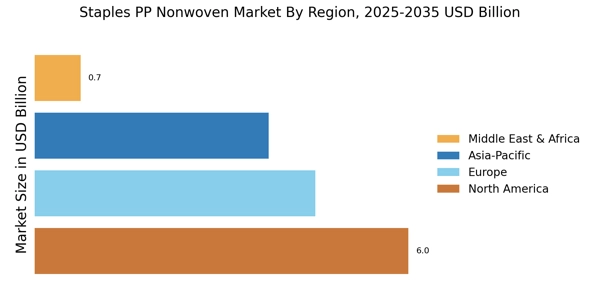
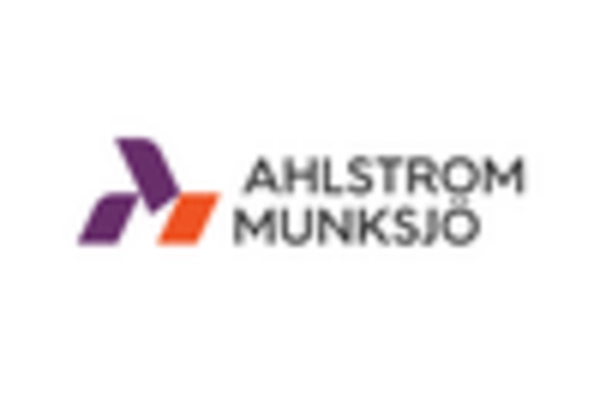


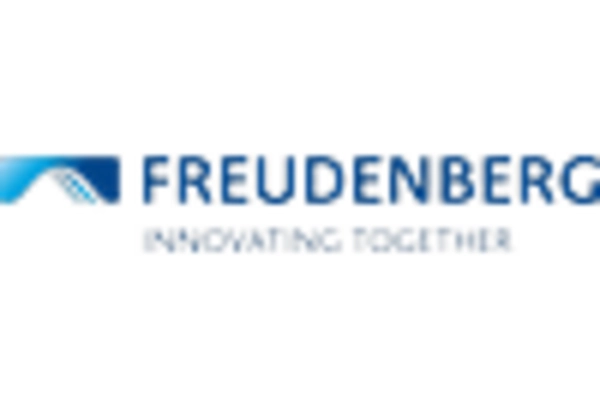
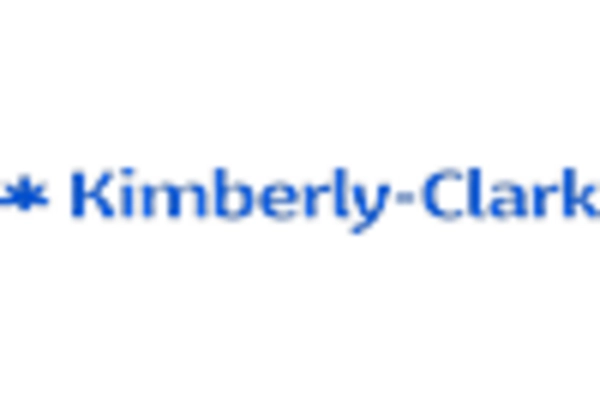
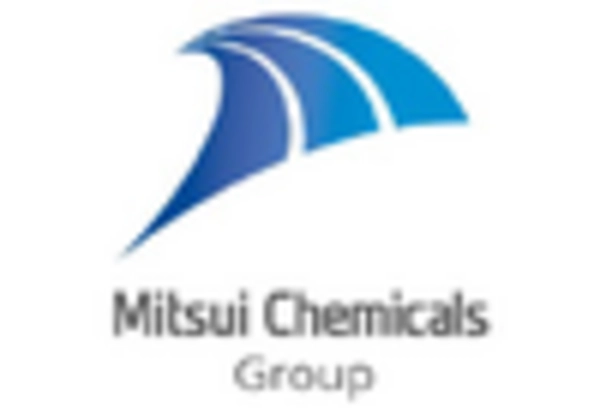

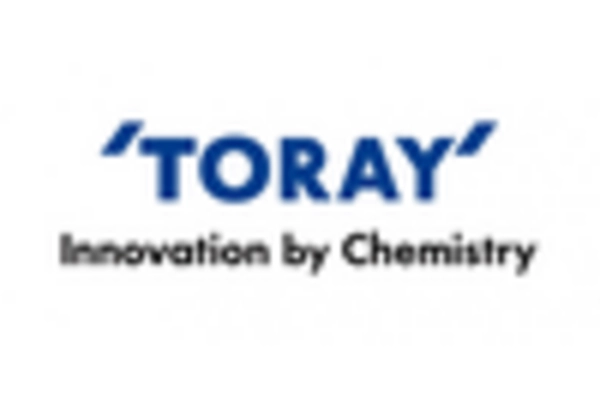








Leave a Comment